The beach at Santa Clara
The only new trip bird during the "beach-fest" was BROWN-THROATED PARAKEET which flew by in small flocks occasionally throughout the days.
Sunrise over the Pacific Ocean
On our last morning in Santa Clara Sam and I woke up before dawn and drove about 20 KM west to the village of El Chirú, an area that has only recently been noted for it's lowland Savannah and dry forest birding. It is also a heavily farmed area, and the agricultural land provides habitat for several unique species that are otherwise hard to find in Panama.
The road north of El Chirú
There weren't a ton of great spots to pull of the road, which was a paved 2 lane that heads north from the Pan-Am. I found a couple of locations where roads pulled into fields and used the areas to park and walk the edges. The flycatchers were rampant. There were several FORK-TAILED FLYCATCHERS on the power lines, while TROPICAL KINGBIRDS, SOCIAL FLYCATCHERS, and GREAT KISKADEES all took prominent perches on snags.
The only bird I photographed at El Chirú, a Fork-tailed Flycatcher
Both PANAMA FLYCATCHER and DUSKY-CAPPED FLYCATCHER were joined by both LESSER and YELLOW-BELLIED ELEANIA in the bushes along the edges of the fields. The highlight for me were an SOUTHERN BEARDLESS-TYRANNULET and a MOUSE-COLORED TYRANNULET. There was a lot of activity from the scrubs, but the actual fields were pretty dead. A lone EASTERN MEADOWLARK sang from the middle of the tall grass letting me know there were some birds out there. BLUE-BLACK GRASSQUITS were also in the fray, buzzing from dense patches too.
Both CRESTED and YELLOW-HEADED CARACARA flew over while I searched. I found a pair of SCRUB GREENLETS--a lifer, and saw several STREAKED SALTATORS and a BLACK-STRIPED SPARROW. The species I had come to look fro was the Grassland Yellow-Finch but none were in sight. After my last stop I was turning the car around to head to our next stop when a tiny yellow bird zipped across the road and landed on a stalk. I pulled my binoculars up and confirmed it was a GRASSLAND YELLOW-FINCH. I grabbed my camera and the bird was gone. Birding in the tropics!
Juan Hombròn Road is definitely a birding hot spot
The next stop was just a few kilometers west and south of the Pan-Am, an area known as Juan Hombròn. The Juan Hombròn Road is another location that has recently garnered the attention of foreign birders. The habitat is similar to El Chirú but with more water, different agriculture, mangroves and some lowland rainforest . The bird activity was impressive. This road was dirt and meandered along farms with the edges of the roads mostly lined with trees. At my first stop the flycatchers were abundant again, with BOAT-BILLED FLYCATCHERS running the show. There were flocks of grassquits and seedeaters and I picked up two lifers in a matter of minutes in YELLOW-BELLIED and RUDDY-BREASTED SEEDEATERS.
My lifer Ruddy-breasted Seedeater
I won't name them all but I had 12 species of flycatcher in a 2 mile stretch of road, with NORTHERN SCRUB-FLYCATCHER, PALE-EYED PYGMY-TYRANT, and RUSTY-MARGINED FLYCATCHERS being the highlight. There were numerous FORK-TAILED FLYCATCHERS here--a species I will never tire of seeing.
The best shot I managed of a Fork-tailed Flycatcher
While I was watching the songbirds I could hear CRESTED BOBWHITE calling from the fields nearby but never got eyes on them. STRIPED CUCKOO also called from somewhere in the understory, while a few LESSER GOLDFINCHES reminded me of home--only a few thousand miles away. I added two species of hummingbird here with the stunning SAPPHIRE-THROATED HUMMINGBIRD and the endemic VERAGUAN MANGO. There were birds everywhere you looked. Antshrikes and grackles. Doves and Tanagers. There were also a few warblers including a number of YELLOW WARBLER and a surprise TENNESSEE WARBLER. Despite thenumber of birds there weren't a ton of great photo ops, so I settled for this YELLOW-HEADED CARACARA.
Close-up of a Yellow-headed Caracara
I headed south where flooded fields provided looks at a number of waders. I finally spotted my target bird for these fields in a WATTLED JACANA. There were a few young birds and a parent hanging out near a GREAT EGRET on a small "island" just off the road.
A young Wattled Jacana
An adult Wattled Jacana
Both caracara's were present here as well, and a SQUIRREL CUCKOO flew across the road. In the fields both EASTERN MEADOWLARK and RED-BREASTED BLACKBIRD flew from patch to patch of grass. I wished I had more time but we had to get back to the hotel to enjoy a little more time on the beach before we headed inland--it would be our last time on the beach for the trip. On the way out I stopped to admire a CATTLE EGRET--that posed nicely for me on the side of the road.
Cattle Egret posing in the morning light
I stopped again one more time on the way out where the birds were much the same as the way in. I added RED-THROATED ANT-TANAGER for the morning as well as GROOVE-BILLED ANI and CLAY-COLORED THRUSH. I also stopped to photograph one very messy looking BLUE-BLACK GRASSQUIT. The Tanager was the 200th species of the trip.
A very messy looking Blue-black Grassquit
We made it back to the hotel where a WHIMBREL was just walking down the side of the road, giving me a great photo op.
A Whimbrel just hanging out on the side of the road
After spending a few hours swimming in the ocean and enjoying the sun and warm water, we packed our bags, loaded the car and headed back towards Panama City for our last 2 and ½ days--we would be touring the Panama Canal, Pipeline Road, and the Rainforest Discovery Center before heading back to the states.
17 life birds here / 75 total trip life birds / 200 total trip species
photos from post:
http://www.timaverybirding.com/photos/thumbnails.php?album=1153
eBird Checklists:
Sheraton Bijao Beach Resort (3/26 - morning)
El Chirú
Juan Hombròn Road
Sheraton Bijao Beach Resort (3/27 - morning)
Sheraton Bijao Beach Resort (3/27 - day)
Labels: life birds, listing, Panama, recording, Travel, tropics
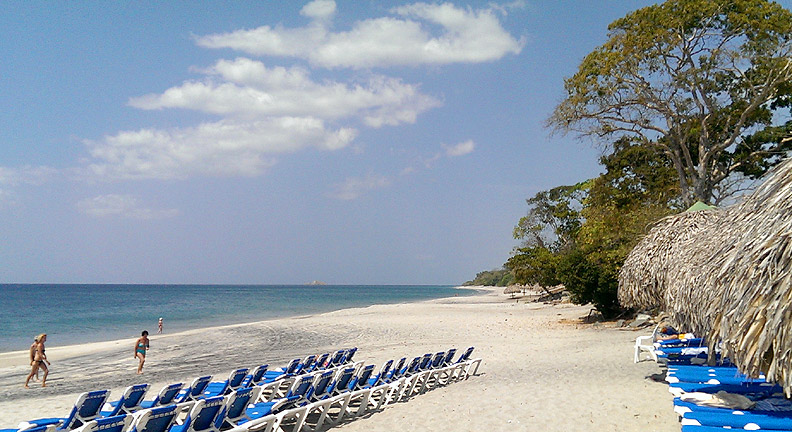
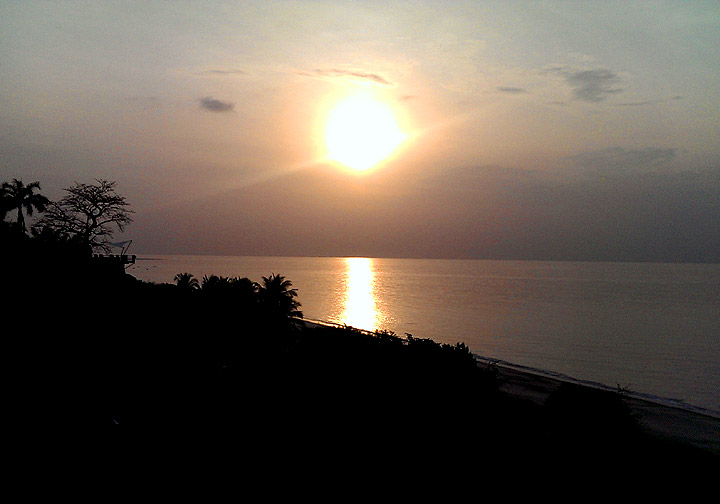

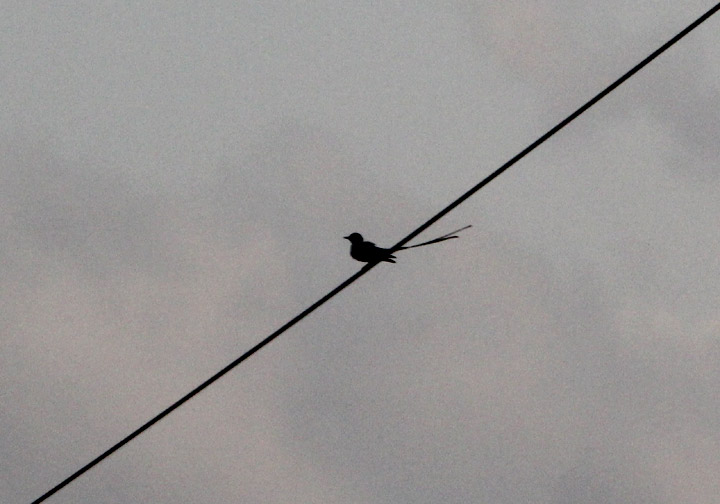
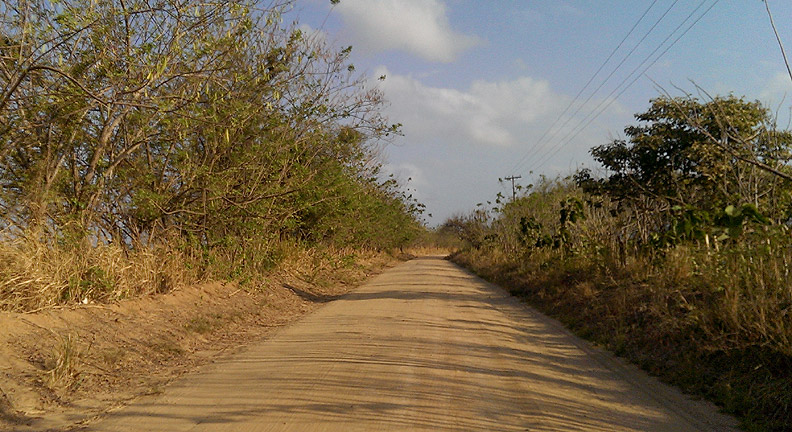

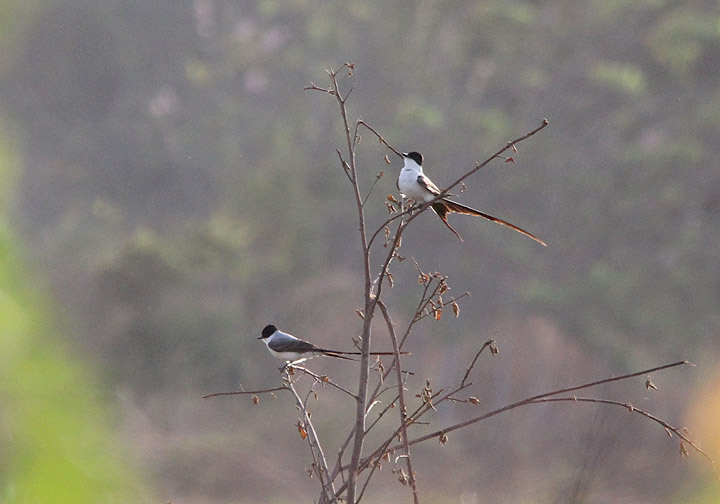



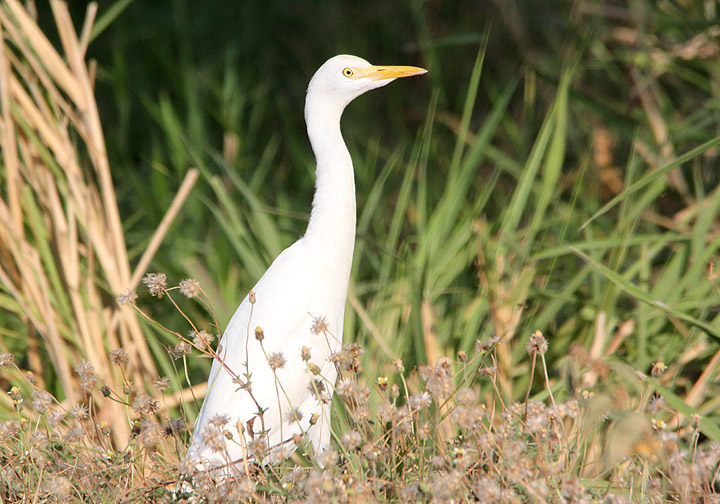
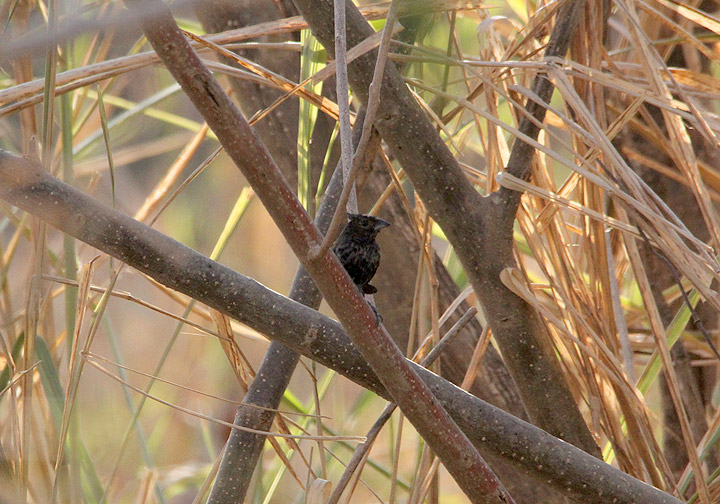


0 Comments:
Post a Comment
Subscribe to Post Comments [Atom]
<< Back to Previous